A Comparison of Parametric, Nonparametric, Inferential & Multivariate
VerifiedAdded on 2023/06/16
|5
|633
|498
Essay
AI Summary
This essay provides a comparative analysis of parametric and non-parametric statistical methods, alongside inferential and multivariate analysis. It highlights that parametric tests require power analysis, while non-parametric tests do not. The choice between these methods depends on the level of data measurement, with interval data being the minimum requirement to distinguish between them. Inferential statistics, considered the most robust, are matched with research questions and hypotheses. Multivariate statistics are used to test associations among more than two variables. The essay concludes that non-parametric tests are suitable for nominal or ordinal data, while parametric tests are used to test means and non-parametric tests are used for medians. Inferential statistics are essential for estimating parameters and testing hypotheses, and multivariate analysis is valuable for representing data distributions and statistical inference.
1 out of 5
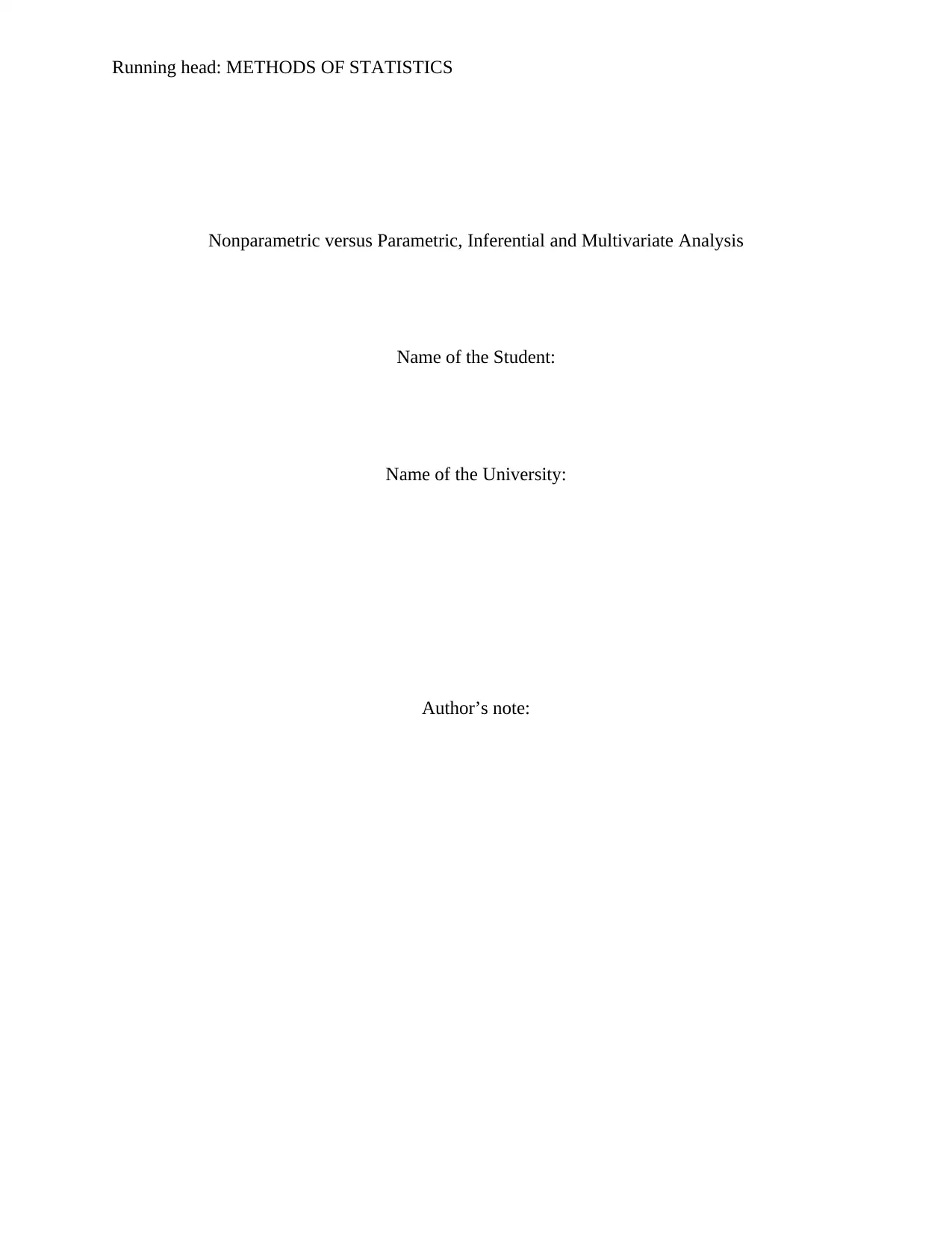
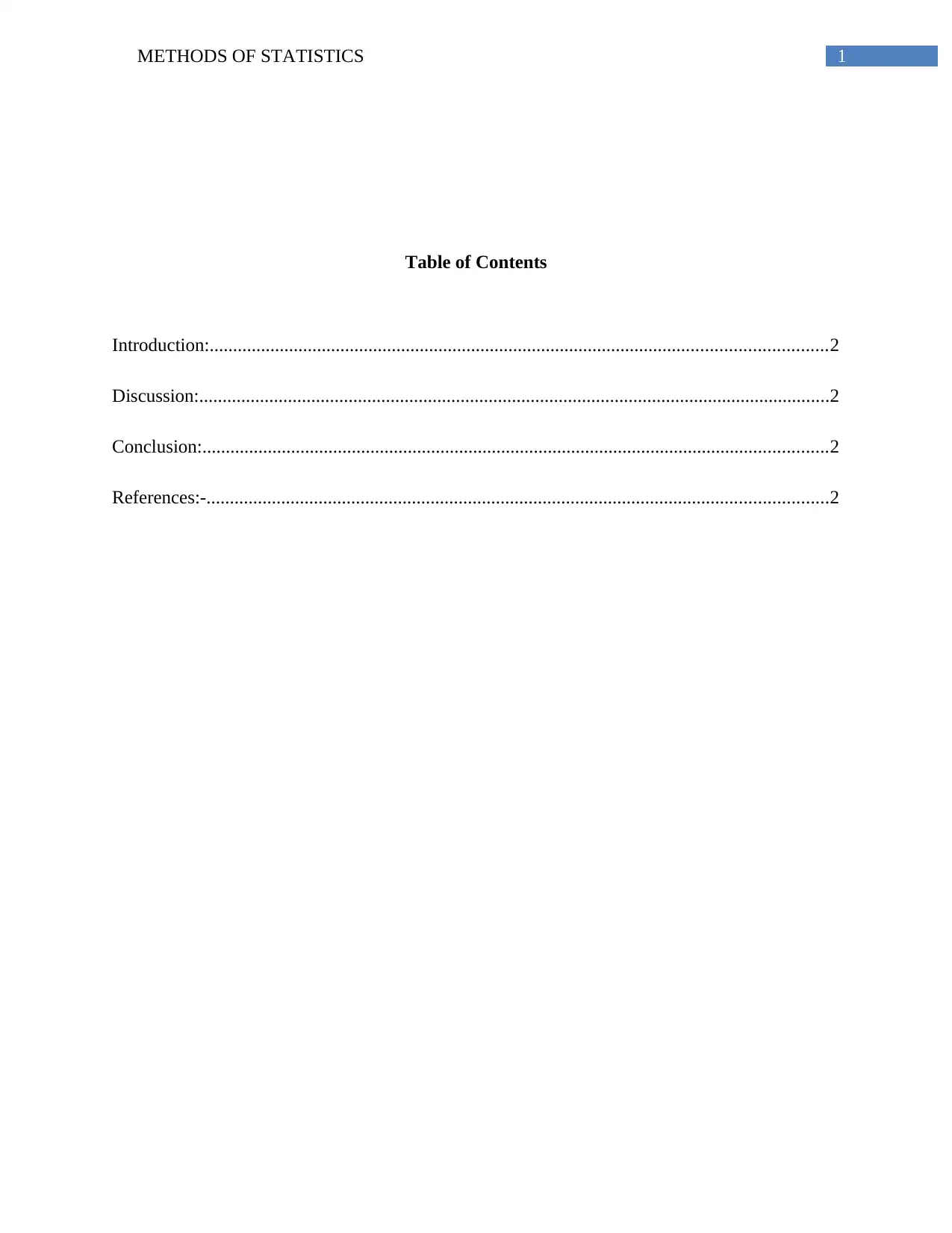
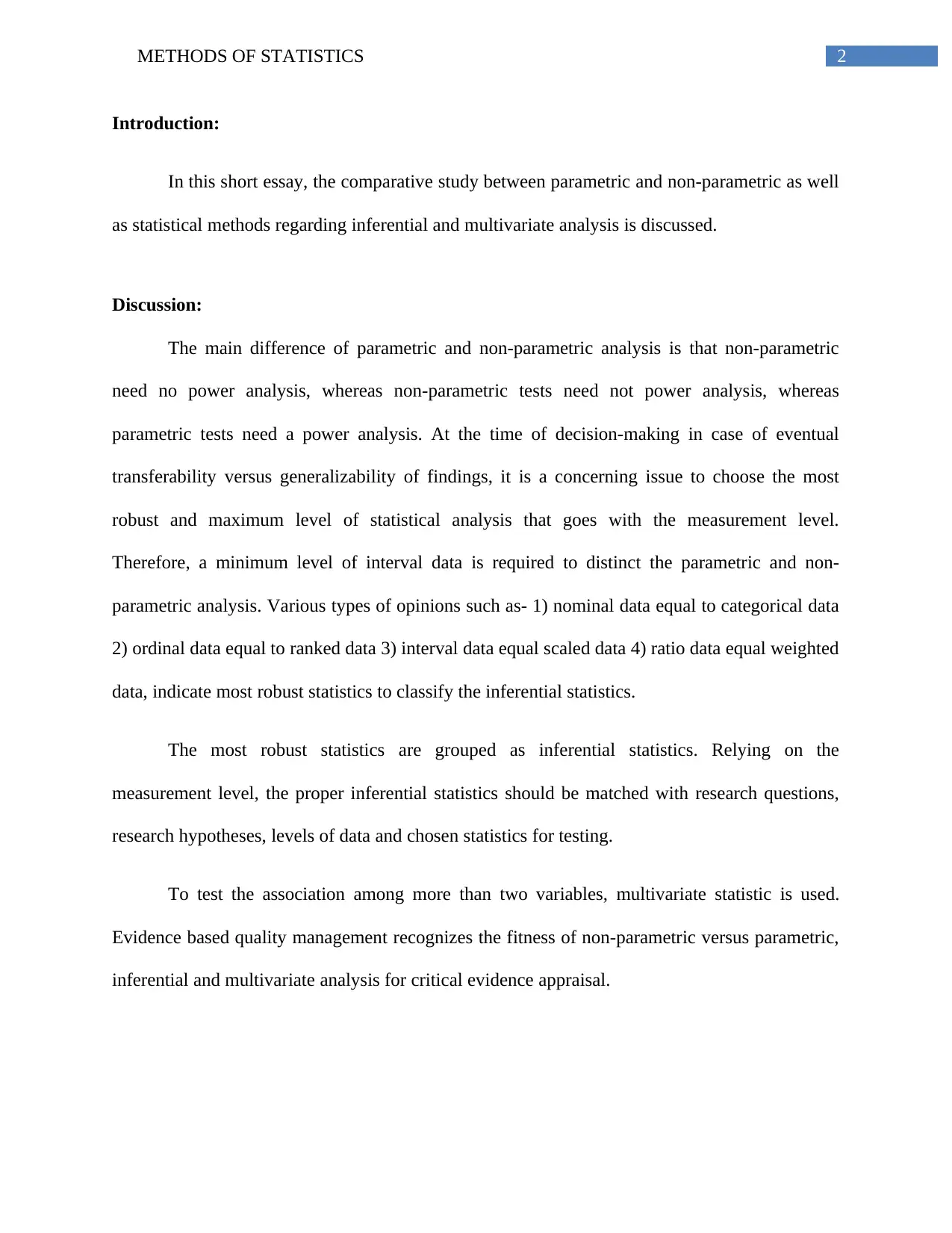

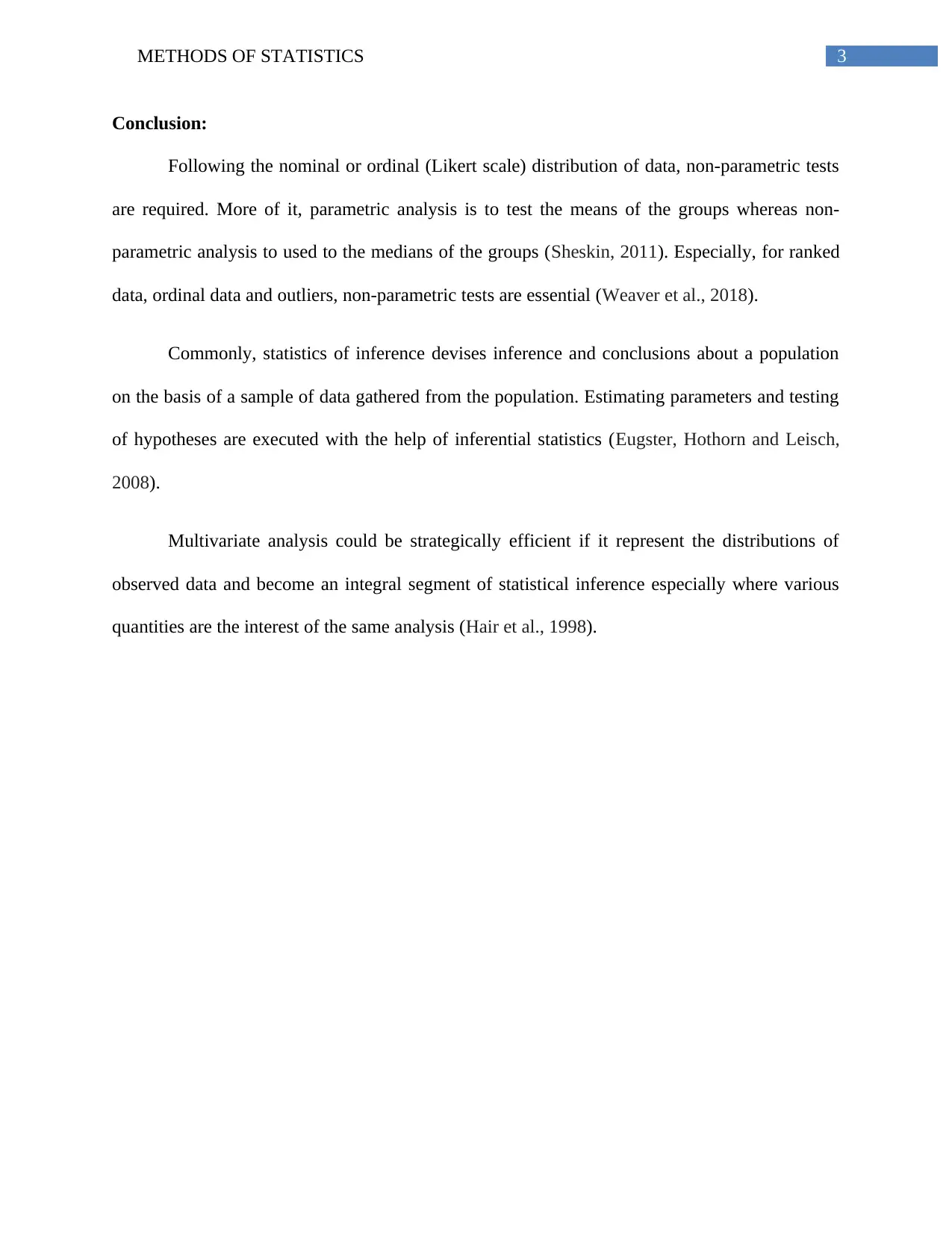
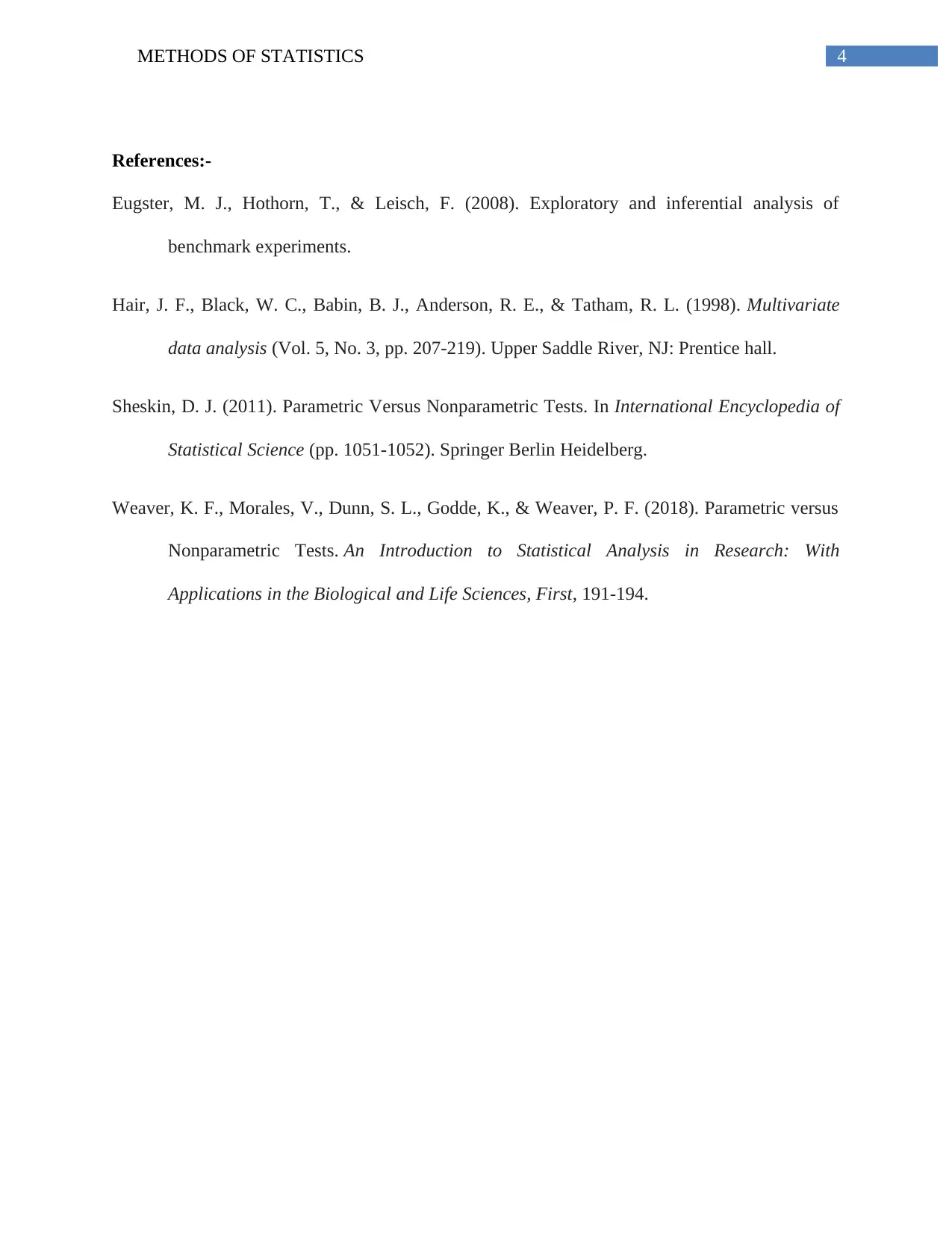
![[object Object]](/_next/static/media/star-bottom.7253800d.svg)